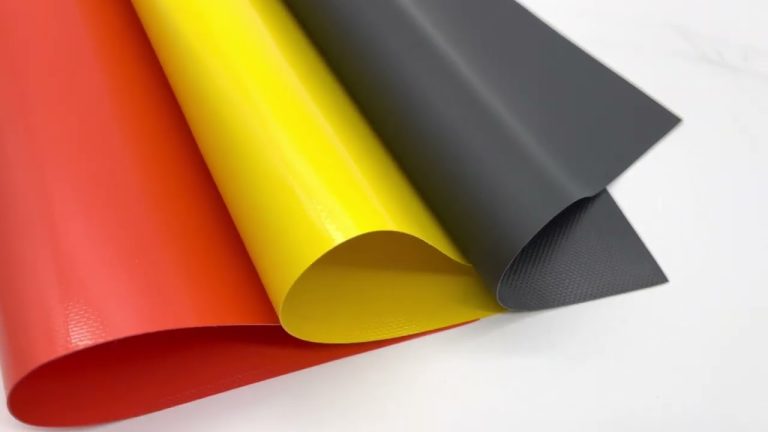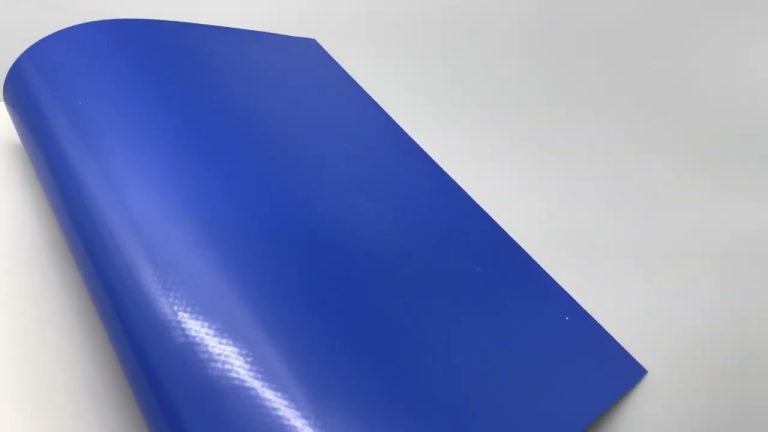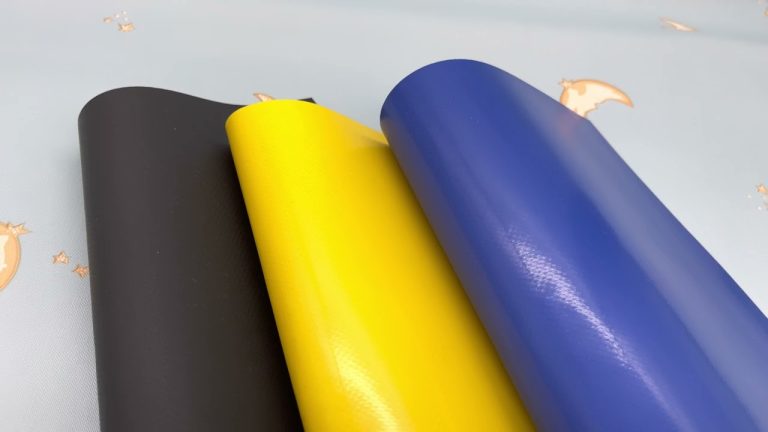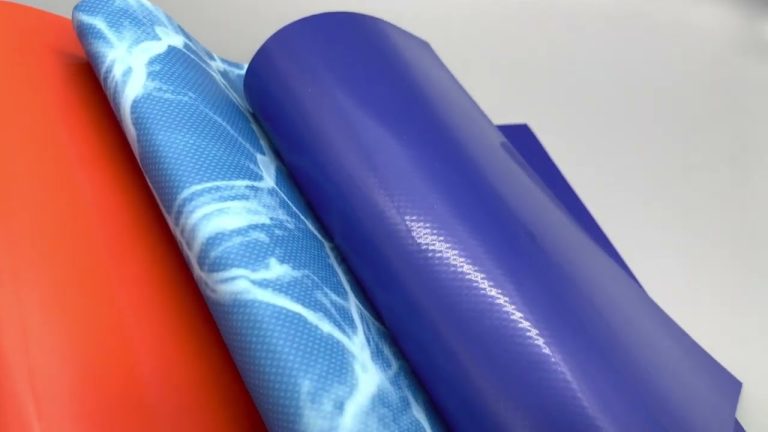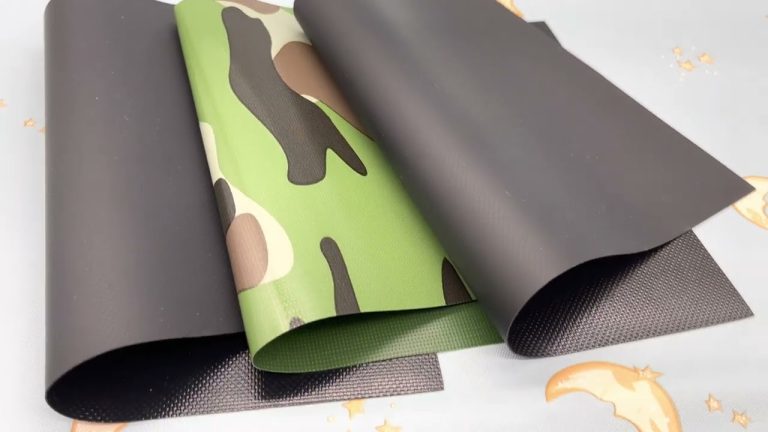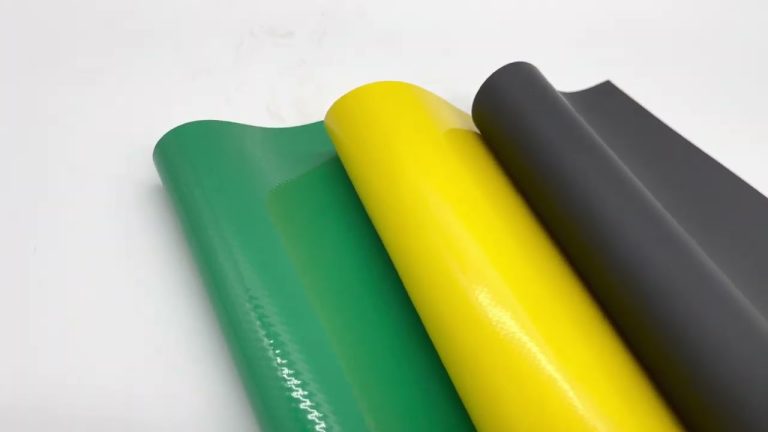SUPER VINYLTARP https://www.vinyltarpaulin.com/shop
Email: dorantsimlw@gmail.com
Please visit our website for more information. You can find links as follows:
https://www.vinyltarpaulin.com/product/pvc-tarpaulin-oil-fence-fabric-1000d1000d-1812-450gsm
https://www.vinyltarpaulin.com/product/pvc-tarpaulin-water-tank-fabric-1000d1000d-3030-1000gsm
https://www.vinyltarpaulin.com/product/pvc-tarpaulin-truck-cover-fabric-1000d1300d-2018-610gsm-22oz
1. Understanding PVC Tarpaulin Material
What Is PVC Tarpaulin Material?
PVC (Polyvinyl Chloride) tarpaulin material is a synthetic fabric coated with a layer of PVC on one or both sides. The base fabric is typically woven polyester or nylon, which provides strength and flexibility. The PVC coating enhances the material’s properties, making it waterproof, UV-resistant, and highly durable. PVC tarpaulins are widely used in industries such as construction, transportation, agriculture, and aquaculture due to their versatility and reliability.
Key Properties of PVC Tarpaulin Material
- Waterproofing: The PVC coating ensures complete waterproofing, making it ideal for applications where water containment is essential.
- UV Resistance: Treated to resist UV degradation, PVC tarpaulins maintain their quality and performance over time.
- Durability: High tensile strength and tear resistance ensure longevity, even in heavy-duty applications.
- Mildew and Rot Resistance: PVC tarpaulins are treated to resist mold, mildew, and rot, ensuring long-term performance in wet or humid environments.
- Flexibility: Lightweight and easy to handle, PVC tarpaulins can be folded, rolled, and transported with ease.
- Fire Retardant Options: Some PVC tarpaulins are treated with fire-retardant chemicals for added safety.
2. Why Choose PVC Tarpaulin Material for Tanks?
1. Lightweight and Portable
Unlike traditional tank materials like metal or concrete, PVC tarpaulin tanks are lightweight and easy to transport. This makes them an excellent choice for temporary storage or setups where mobility is required.
2. Cost-Effectiveness
PVC tarpaulin material is significantly more affordable than materials like metal or concrete. This cost-effectiveness allows businesses and individuals to invest in tank systems without breaking the bank.
3. Quick Installation
PVC tarpaulin tanks can be installed in a matter of hours, compared to the weeks or months required for concrete or metal tanks. Their flexibility allows users to customize tank shapes and sizes to meet specific needs.
4. Durability in Harsh Conditions
PVC tarpaulins are designed to withstand harsh environments, including heavy rain, UV exposure, and fluctuating temperatures. This durability ensures that the tanks remain functional and leak-proof over time.
5. Eco-Friendly and Recyclable
Modern PVC tarpaulins are manufactured with eco-friendly processes and are recyclable at the end of their lifecycle. This aligns with sustainability goals and reduces environmental impact.
3. Applications of PVC Tarpaulin Material Tanks
1. Water Storage
PVC tarpaulin tanks are widely used for storing water in agriculture, construction sites, and residential areas. Their waterproofing properties ensure that water remains clean and uncontaminated, while their portability makes them ideal for temporary or remote setups.
2. Biofloc Aquaculture Systems
In biofloc aquaculture, PVC tarpaulin tanks provide a durable and watertight solution for rearing fish. The tanks can be customized to fit various farm layouts, ensuring optimal water quality and fish growth.
3. Industrial Storage
PVC tarpaulin tanks are used in industries for storing chemicals, liquids, and bulk materials. Their resistance to chemicals and abrasions makes them a reliable choice for industrial applications.
4. Emergency Water Solutions
During natural disasters or emergencies, PVC tarpaulin tanks can be quickly deployed to provide clean water storage solutions. Their lightweight and portable design allow for rapid response and distribution.
5. Agricultural Irrigation
Farmers use PVC tarpaulin tanks to store irrigation water, reducing reliance on external water sources and improving water management efficiency.
6. Recreational Pools and Tanks
PVC tarpaulin material is also used to create temporary pools and tanks for recreational purposes, such as swimming pools, water parks, or mobile water facilities.
4. Benefits of PVC Tarpaulin Material Tanks
1. Customizable and Flexible Design
PVC tarpaulin tanks can be customized to fit any shape, size, or application. This flexibility allows users to design tanks that meet their specific needs, whether for water storage, aquaculture, or industrial use.
2. Low Maintenance
Unlike traditional tanks made of metal or concrete, PVC tarpaulin tanks require minimal maintenance. Their durability and resistance to corrosion mean fewer repairs and longer lifespans.
3. Sustainable and Eco-Friendly
The recyclable nature of PVC tarpaulin material aligns with sustainability goals, making it an eco-friendly choice for modern industries.
4. Quick Setup and Dismantling
PVC tarpaulin tanks can be set up and dismantled quickly, making them ideal for temporary or seasonal applications.
5. Cost Savings
The affordability of PVC tarpaulin material reduces initial setup costs, while its durability minimizes long-term expenses.
5. Choosing the Right PVC Tarpaulin Material for Tanks
To ensure optimal performance, it’s important to consider the following factors when selecting PVC tarpaulin material for tanks:
- Thickness: A thicker tarpaulin (measured in GSM or grams per square meter) provides better durability and longevity.
- UV Resistance: Look for tarpaulins treated with UV inhibitors to prevent degradation over time.
- Mildew and Rot Resistance: Ensure the material is treated to resist mold, mildew, and rot.
- Fire Retardant Options: Consider fire-retardant tarpaulins for safety in outdoor or industrial setups.
- Customization Options: Choose manufacturers that offer tailored solutions to fit specific tank requirements.
6. Future Trends in PVC Tarpaulin Material Tanks
1. Advancements in Manufacturing Technology
Innovations in PVC manufacturing are leading to the production of higher-quality tarpaulins with improved durability, flexibility, and eco-friendliness. Future tarpaulins may incorporate advanced coatings and treatments for enhanced performance.
2. Integration with Smart Technology
Future PVC tarpaulin tanks may feature smart technologies, such as sensors for monitoring water quality, temperature control, or leak detection.
3. Sustainable Production Practices
Manufacturers are focusing on producing PVC tarpaulins using eco-friendly processes, reducing the environmental impact of tank systems.
4. Increased Use in Aquaculture and Agriculture
As biofloc technology and sustainable farming practices grow, the demand for PVC tarpaulin tanks is expected to rise in aquaculture and agriculture.
Conclusion
PVC tarpaulin material tanks offer a versatile, durable, and cost-effective solution for modern storage and aquaculture needs. Their waterproofing, UV resistance, and flexibility make them ideal for a wide range of applications, from water storage to biofloc systems. As industries continue to seek sustainable and innovative solutions, PVC tarpaulin tanks are poised to play a significant role in shaping the future of storage and aquaculture.
By understanding the features, benefits, and applications of PVC tarpaulin material tanks, businesses and individuals can make informed decisions that enhance productivity, reduce costs, and promote sustainability. Whether you’re managing a farm, operating an industrial facility, or responding to an emergency, PVC tarpaulin material tanks provide a reliable and practical solution for all your storage needs.

